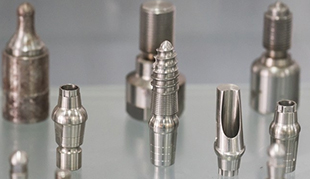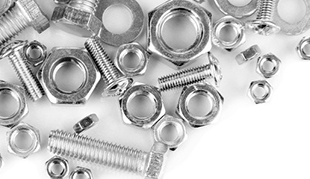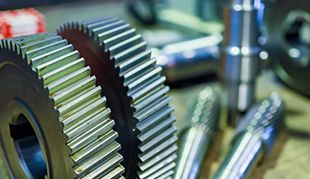Why can MIM replace traditional casting and forging
In the realm of modern manufacturing, innovations are constantly reshaping the way products are produced. One such innovation that has gained substantial attention is Metal Injection Molding (MIM). As the manufacturing landscape evolves, it becomes crucial to dissect and compare MIM with traditional manufacturing methods like casting and cold forging, to understand the advantages and differences each method brings to the table.
Metal Injection Molding: A Brief Overview
Metal Injection Molding, often referred to as MIM, is a revolutionary manufacturing process that combines the principles of plastic injection molding with powdered metals. This intricate process involves mixing finely powdered metal with a binder material to form a feedstock. This feedstock is then injection-molded into complex shapes, and the resultant "green" part undergoes debinding and sintering to achieve the final metal component.
Traditional Methods: Casting and Cold Forging
Casting, an ancient technique, involves pouring molten metal into a mold, allowing it to solidify and take the shape of the mold. This method is known for its versatility in creating intricate shapes but might result in some dimensional variability.
On the other hand, cold forging is a process in which metal is shaped and formed under high pressure, without the use of heat. This technique often results in enhanced material properties due to the cold working process.

The Advantages of MIM
1. Complex Geometries: MIM's ability to create intricate and complex shapes surpasses traditional methods. The injection molding process enables the production of parts with fine details and tight tolerances.
2. Material Efficiency: MIM minimizes material waste by using powdered metals efficiently. Traditional methods like casting can lead to substantial material losses during the process.
3. Reduced Secondary Operations: MIM often produces near-net-shape parts, reducing the need for extensive post-processing. Traditional methods like casting often require additional machining and finishing steps.
4. Material Properties: MIM offers the advantage of achieving properties comparable to wrought metals. This is due to the sintering process that results in strong, dense parts.
5. Cost Efficiency: For complex parts, MIM can be more cost-effective than traditional methods due to reduced machining and material waste.
Differences and Considerations
While MIM offers numerous advantages, there are still considerations to weigh against traditional methods:
1. Volume: MIM is ideal for medium to high production volumes. For low-volume production, traditional methods like casting might be more economical.
2. Tooling Costs: MIM requires specialized tooling, which can lead to higher initial costs compared to traditional methods.
3. Lead Times: Traditional methods often have shorter lead times for tooling, making them more suitable for rapidly changing production needs.
4. Material Limitations: MIM is best suited for materials with good flow characteristics. Certain metals that are difficult to process might be better suited for traditional methods.
Metal Injection Molding is a remarkable innovation that brings exceptional advantages to the manufacturing industry, particularly for complex geometries and near-net-shape production. However, it's important to recognize that traditional methods like casting and cold forging still have their place, especially when considering factors like volume, tooling costs, and material limitations. As manufacturing requirements continue to evolve, a thoughtful analysis of each method's strengths and weaknesses will be pivotal in making informed decisions that drive progress in the field.






